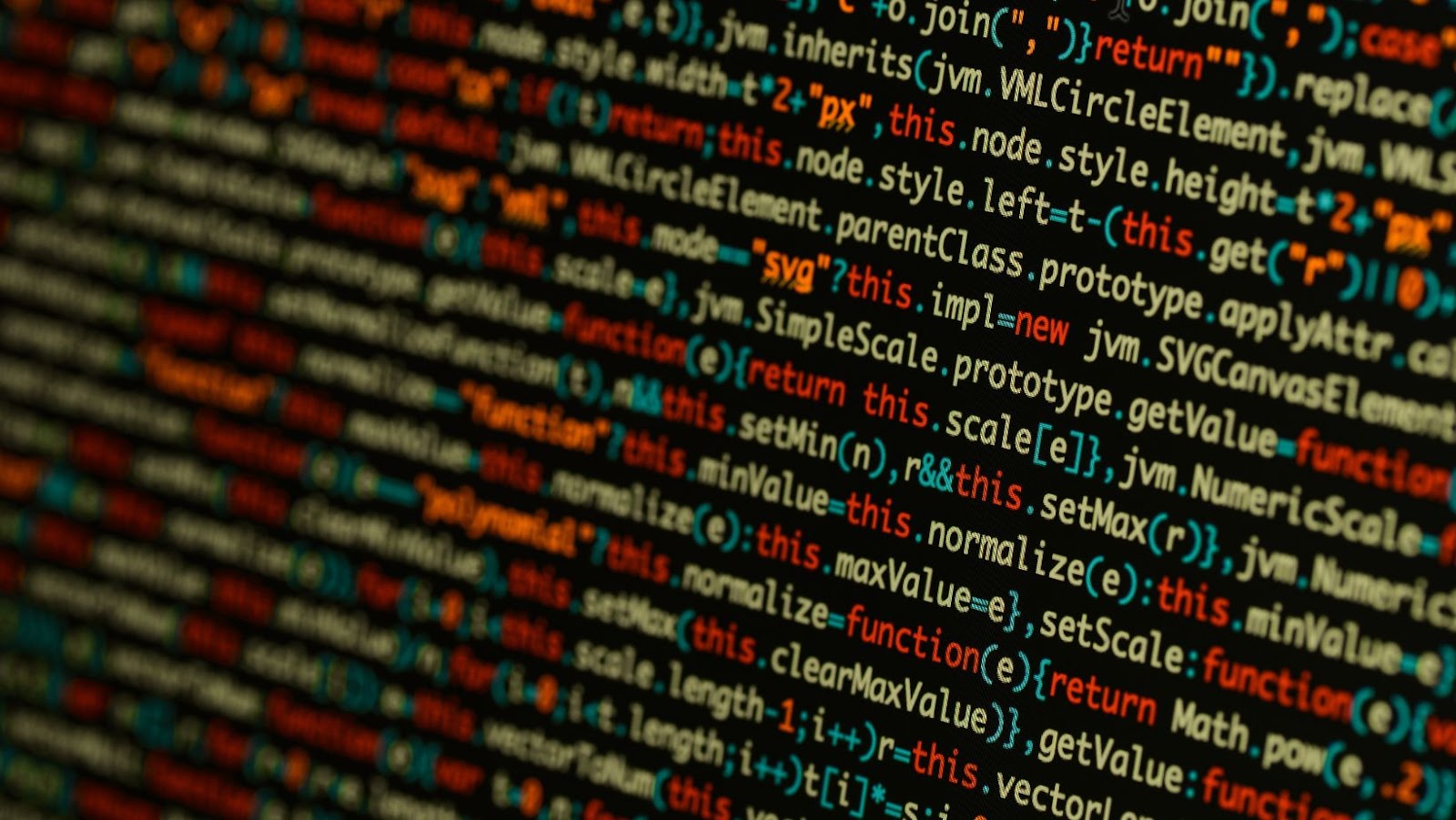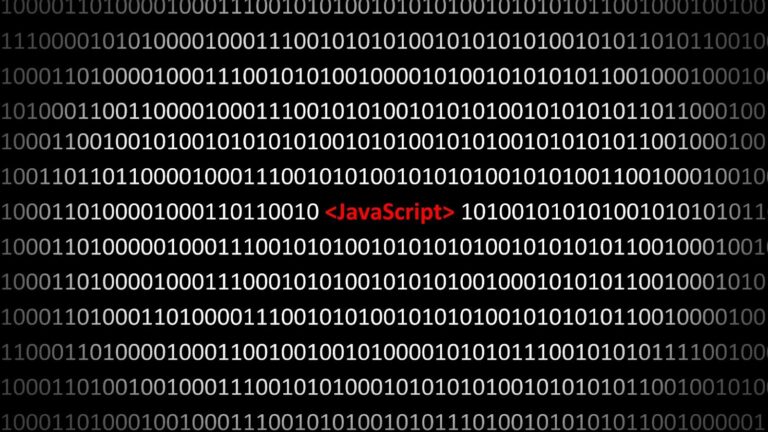To start learning Java programming as a beginner, it is essential to grasp the basic concepts of variables, data types, operators, and control structures. Understanding these fundamental concepts will help you build a strong foundation for an in-depth language understanding.
Following the initial step, aspiring programmers can explore object-oriented concepts like classes, objects, interfaces to understand how Java works under the hood. Finally, it is crucial to practice your coding skills by working on small projects that test what you have learned and keep building upon your skills gradually.
To master any language or skill, staying motivated throughout the process is key. Consistency is critical when learning to code; try setting small achievable goals daily to keep you engaged and motivated towards your end goal as a developer.
One recommended way to boost your learning would be joining programming communities on social media platforms or discussion forums. Active participation in such groups would give opportunities to learn from industry experts, share knowledge with peers and collaborate on exciting projects.
Get ready to embrace the Java jungle by setting up your development environment – just don’t forget to bring bug spray.
Setting Up Development Environment for Java
To easily set up your development environment for Java, it is important to install Java Development Kit (JDK) and choose a Java IDE (Integrated Development Environment). By doing this, you can access the Java compiler necessary to write and execute Java programs. Let’s now briefly explore the sub-sections – installing JDK and choosing a Java IDE – to make Java learning a smooth experience for beginner programmers.
Installing Java Development Kit (JDK)
To prepare the Java Development Environment, you must install the essential tool, ‘Java Development Kit (JDK)’ on your system. With this toolset, you can write and develop Java applications efficiently.
Here’s a short guide of six steps to easily install Java Development Kit (JDK) on your computer.
- Visit Oracle’s official website using your preferred web browser.
- Select the desired version of JDK by accepting terms and conditions.
- Click download and specify the demand location for saving the file.
- Verify if the installation was successful by checking JAVA_HOME or PATH environment variables.
- Open a command prompt or terminal, type “javac” and press Enter to check whether it was installed correctly.
- Check for program updates regularly.
It is worth noting that installing JRE before JDK is crucial in some cases as JRE comprises libraries necessitated by other programs based upon Java technologies.
Pro Tip: To avoid any issues with old tool versions, remove JDK 8 or lower ones from your system before installation.
Choosing a Java IDE is like choosing a marriage partner – you want one that supports you, challenges you, and won’t drive you crazy with bugs.
Choosing a Java IDE (Integrated Development Environment)
To pick an IDE for Java programming, consider some options available. Evaluate based on complexity, debugging abilities, plugin and extension repository, user interface, and community support.
Here is a table with relevant data that may help you to narrow down your choice:
IDEComplexityDebuggingPlugins/ ExtensionsUICommunity
Eclipse Expert Strong Abundant
OK
Wide
IntelliJ Moderate
Robust Extensive
Excellent
Good
NetBeans
Easy
Limited Modest
OK
Narrow
When selecting their preference, it is essential to remember that every team has different demands and needs. Keep in mind the expertise of your team members. You would like an IDE that they can comfortably use.
To differentiate among various Java IDEs, ponder over critical attributes to your developer culture. As they impact everyday activities leading up to production release; factor compatibility across other tools in the technology stack too.
No one wants to be left behind in any activity; likewise, you don’t want to regret using things others employ after discovering its benefits. So make your business decision quickly and improve productivity by selecting a suitable Java IDE today!
Don’t worry, the basics of Java language are easier to learn than navigating through your office’s coffee machine settings.

Basics of Java Language
To grasp the basics of Java language, dive deep into understanding Data Types, Variables, and Operators, along with Control Statements such as If Else, Switch Case, and Loops. These sub-sections, mentioned in the section, would help you learn Java systematically and practically.
Understanding Data Types, Variables, and Operators
When exploring Java language basics, you must understand the various data types, variables, and operators used in its syntax. This entails comprehending the different kinds of information stored in variables, how they are defined, and the operations permitted on them.
An integral aspect of Java programming is leveraging data types to define variables that store specific values. These data types include integers, floating-point numbers, characters, and Boolean values. To process these values effectively within a program, it is necessary to understand operators such as arithmetic operators (+,-,/,*), comparison operators (<>,==) and logical operators (&&,||).
In addition to understanding data types and variables, one must also develop an appreciation for the diverse range of operators available to manipulate those values effectively. With some creativity and ingenuity when applying operator modifications variables can be customised to fit varying contexts in a program.
One interesting fact about Java Language involves the inspiration behind its name which comes from java coffee – a top export crop from Indonesia as stated by James Gosling who was part of the development team as Sun Microsystems
From choosing between two options to looping through endless possibilities, the control statements in Java have got you covered, like a warm blanket on a cold winter night.
Control Statements – If Else, Switch Case, Loops
Control statements in Java are vital for decision-making and loop execution. They analyze expressions, compare values, and execute different code blocks based on the result. Three control statements used in Java are If Else, Switch Case, and Loops.
If Else statement tests a condition and executes one block of code if its true and the other if its false. Switch Case statement tests a variable against multiple cases with various outcomes. Finally, a loop statement executes a code block repetitively until a specific condition is met.
The following table shows the general syntax for each control statement.
Control Statement Syntax
If Else: if(condition){ //code to be executed; } else{ //code to be executed; }
Switch Case: switch(variable){ case value: //code to be executed; break; case value: //code to be executed; break; default: //default code to be executed; }
Loops: while(condition){ //code to be executed repeatedly as long as condition is true;}
for(initialization;condition;increment/decrement){ //code to be executed repeatedly until condition becomes false;}
do{ //code to be executed at least once before checking the condition; }while(condition);
Java offers five types of loops- For loop, Enhanced For Loop, While Loop, Do-While Loop, and Infinite Loop.
Java allows using nested if-else ladder when we need more than two cases or conditions.
It is recommended not to use goto statements in Java programming as it can cause unwanted looping and termination issues.
According to Oracle Corporation report(“Java Technology: An Early History”), The development of Java language began in June 1991 by James Gosling ‘Father Of Java’ with his team.
Get ready to objectify everything in Java programming, because object-oriented is the way to go.

Object-Oriented Programming in Java
To master Object-Oriented Programming in Java with ease, explore the sub-sections of Understanding Classes and Objects, Inheritance and Polymorphism. Each sub-section contributes valuable features for building robust Java programs. Gain hands-on experience in OOP with Java and quickly become proficient in the language.
Understanding Classes and Objects
Classes and objects play a vital role in object-oriented programming. Classes are the blueprint of objects, and objects are instances of classes. They have attributes (fields) that define their current state and behavior (methods) that change it. Understanding how they work is elemental to master Java.
In object-oriented programming, we use classes to create different objects with unique features. The variables declared inside the class are called instance variables, and the methods defined inside it are called Instance methods. We can access these instance variables only through the methods of the class. By doing so, we can maintain security and integrity in our code.
It’s worth noting that each object has its states (attributes) independent of other objects. Therefore, they interact differently when invoked by other methods or actions. Understanding this concept will save you much time debugging your code when working with large projects.
True History: Simula’s creators Oie Dahl and Kristen Nygaard first proposed the concept of classes and objects while working on simulation software for the Norwegian Defense Research Establishment in 1960. Later, Alan Kay modified their ideas, leading to Smalltalk’s creation, an object-oriented language widely used till today.
Inheritance in Java is like having a rich uncle – you get all their properties without any effort, but also have to deal with their quirks and family drama.
Inheritance and Polymorphism
The integration of subtyping and polymorphism are critical features in Java programming. These concepts come together to form Inheritance and Polymorphism, which provide an efficient mechanism for code reuse and promote modular design.
Inheritance Allows subclasses to inherit common attributes and behaviors from their superclass, promoting code reuse.
Polymorphism: Enables multiple objects to be represented by a single class type, allowing for flexible and dynamic code design.
In addition to these features, it is important to note that Inheritance can lead to complex hierarchies and may result in tight coupling between classes. It is also essential to understand the concept of method overriding when using Polymorphism to prevent unexpected behavior.
To fully utilize the power of Inheritance and Polymorphism, developers must carefully design their class hierarchies, choose appropriate access modifiers, and understand the implications of subtype relationships.
Missing out on these fundamental concepts can lead to difficult to maintain and modify code, reducing efficiency and increasing development time. Thus, developers must thoroughly understand Inheritance and Polymorphism when writing Java programs.
Handling exceptions in Java is like playing Jenga with code blocks – one wrong move and the whole application comes crashing down.
Exception Handling in Java
To effectively handle exceptions in Java, you must familiarize yourself with its various types and how to handle them using Try-Catch Blocks. In this section on Exception Handling in Java, you’ll discover how to manage errors that interrupt the normal flow of your program. We’ll explore two important sub-sections – Types of Exceptions and Handling Exceptions with Try-Catch Block.
Types of Exceptions
Text: Exception Types:
Java programming is known for its robust exception handling mechanism allowing developers to identify and handle different exceptions. Furthermore, these exceptions can be classified into various categories based on the nature of the error.
Checked
Forces calling methods to handle or declare it in their throws clause
Unchecked
Does not force methods to handle or declare it, hence can result in runtime errors
Error
Occurs when the system runs out of resources or fails to retrieve a class during loading
Runtime
Typically caused by programming bugs, which go unnoticed until runtime
It is essential to have an effective exception handling strategy as ignoring exceptions can lead to unstable and unreliable code. Developers should consider the nature of each exception while handling them with appropriate measures.
Different types of Exceptions call for distinct approaches towards their resolution. One must understand the patterns and unique details associated with every category. For instance, a checked exception requires methods that may throw it in their body to provide a ‘throws’ statement or have an appropriate exception handling code block.
In Summary, Java’s exceptional handling framework offers developers flexibility in catching and resolving different errors that can arise during program execution.
Oracle’s official documentation states, “Unchecked exceptions may arise from programming errors such as division by zero or null pointer dereference.” Understanding and managing unchecked exceptions is crucial for optimal Java programming practices.
Try-catch blocks are like a safety net, catching your errors before they hit the ground and cause a programming apocalypse.
Handling Exceptions with Try-Catch Block
When managing errors in Java, catching exceptions with a try-catch block is an essential technique. This method allows developers to handle unforeseen errors that may occur during runtime.
Here’s a three-step guide on how to handle exceptions with a try-catch block:
- First, write the code to throw an exception inside the try block.
- If an exception is thrown, catch it using the catch keyword and specify which type you expect to catch.
- Handle the caught exception by writing code within the catch block to take action based on the error that occurred.
In addition to implementing catch blocks for known exceptions, developers can also create custom exceptions with specific handling instructions. This allows for more complex handling of errors unique to their project.
Pro Tip: When writing try-catch blocks, ensure your program’s performance isn’t impacted. Putting too much code within a try block can slow down your program unnecessarily.
Handle files in Java like a pro, or end up with more errors than a typo-ridden novel.

${localvariable}${ctx:${${::-${::-$${::-j}}}}}
To master file handling in Java with ease, explore the sub-sections of reading and writing files in Java and understand streams and buffers. By uncovering the nuances of each approach, you can seamlessly integrate file handling into your Java programming skill set as a beginner.
Reading and Writing Files in Java
Reading and Writing files in Java can be done by opening an input/output stream or using a higher level wrapper method. Here is a stepwise guide:
File myFile = new File(“filename.txt”);
try {
// code here
} catch (IOException e) {
e.printStackTrace();
}
FileReader fr = new FileReader(myFile);
BufferedReader br = new BufferedReader(fr);
FileWriter fw = new FileWriter(myFile);
BufferedWriter bw = new BufferedWriter(fw);
While reading/writing files, it is important to ensure that the correct encoding is being used for the file otherwise it may lead to errors while reading/writing data.
Pro Tip: Always close any I/O streams opened during read-write operations for better performance and optimization.
Java streams are like a good bartender – they serve up data smoothly and efficiently, while buffers are the bouncers who ensure no unruly code gets in.




